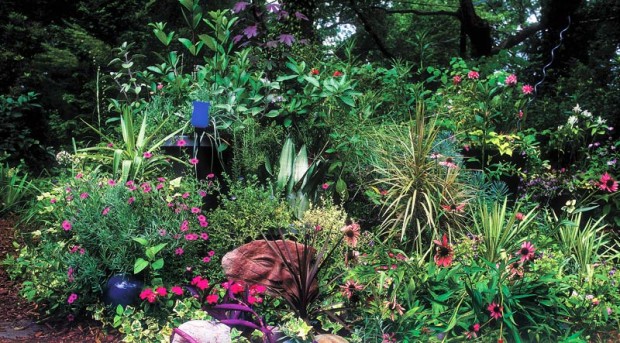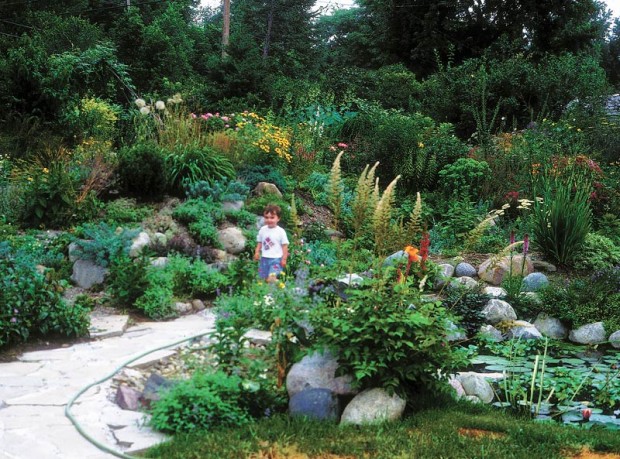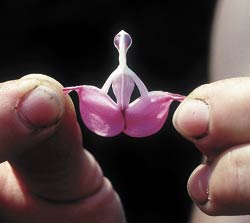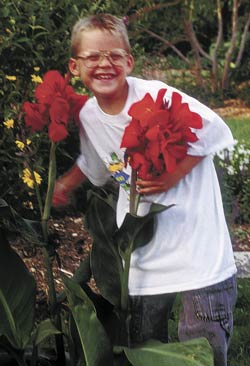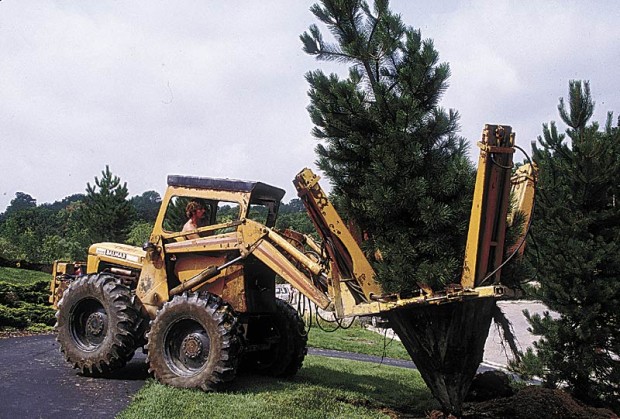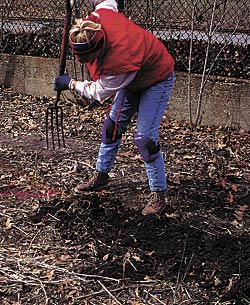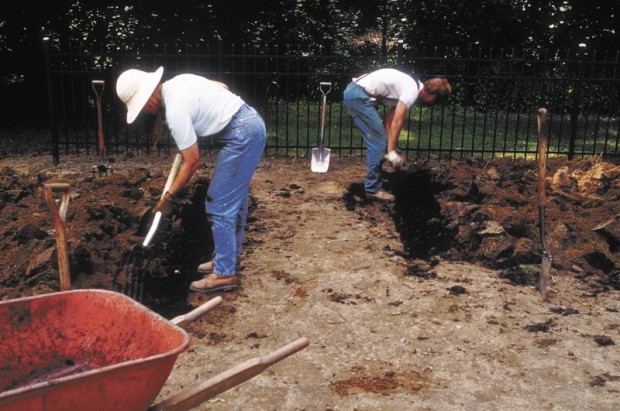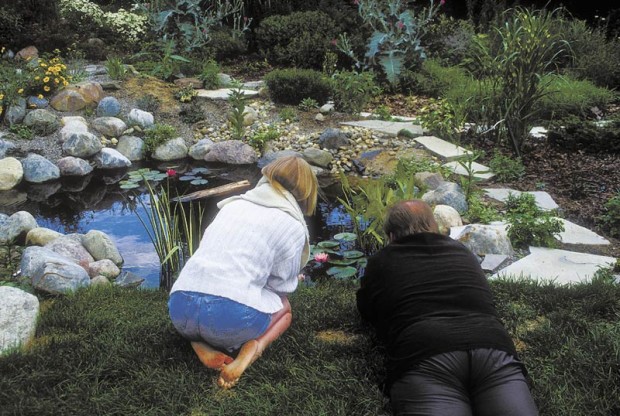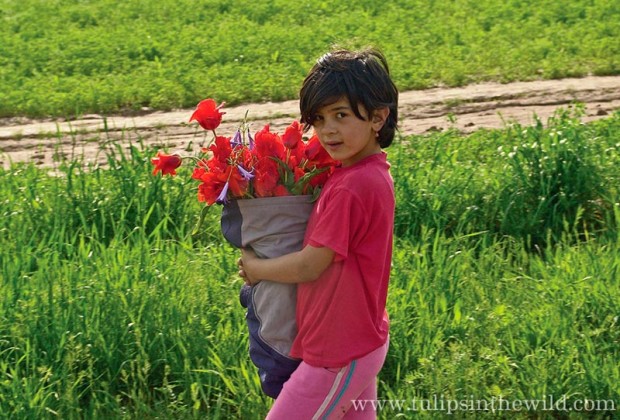 Tulip lovers have a new website to explore: www.tulipsinthewild.com features photographs of rare wild tulip species in their remote mountain native habitats. The site follows a group of Dutch bulb enthusiasts on a two-decade quest to some of the world’s most forbidding mountain ranges as they find and photograph little-known tulip species in the wild.
Tulip lovers have a new website to explore: www.tulipsinthewild.com features photographs of rare wild tulip species in their remote mountain native habitats. The site follows a group of Dutch bulb enthusiasts on a two-decade quest to some of the world’s most forbidding mountain ranges as they find and photograph little-known tulip species in the wild.
Despite their genteel garden image, tulips in the wild are native to harsh landscapes in hard-to-reach corners of the world. They’re often found clinging to barren mountain ledges exposed to wind, cold and drought. The contrast of harsh habitat and colorful tulips makes for some breathtaking photographs, most shot in mountain ranges in Kazakhstan, Kyrgyzstan, Uzbekistan, Tajikistan, Iran, and Afghanistan.
The site features an interactive map where users can click on a region to view the tulips that were photographed there. A selection of expedition shots is included plus tulip images with a description of each flower and where it was found. The only frustration for many will be the fact that most of the tulips displayed still exist only in the wild or in a few private collections. So for now, the best view of some of the rarest tulips on earth is just a click away, at www.tulipsinthewild.com.

